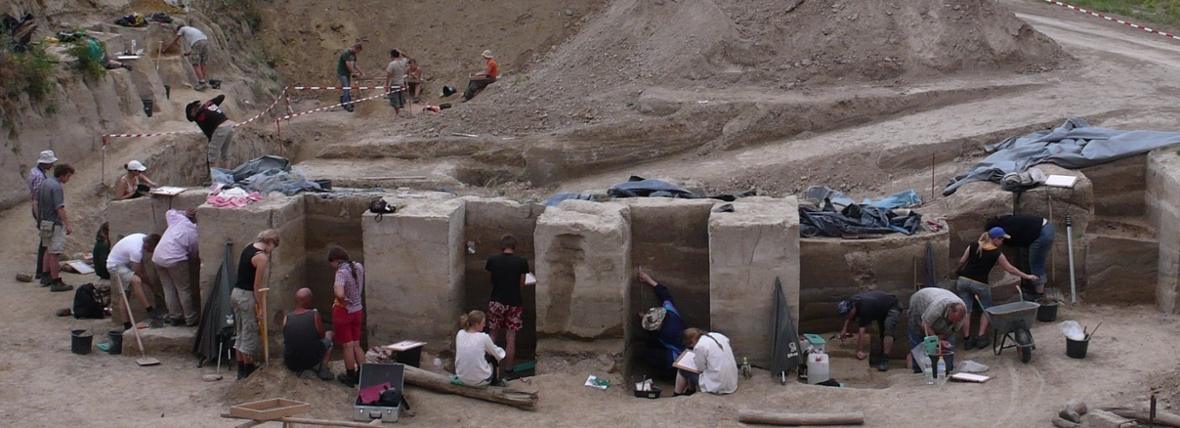Recent archaeological discoveries in Germany are offering a fresh perspective on the culinary abilities of Neanderthals. Researchers have found that these early humans were adept at extracting fat from animal bones using remarkably sophisticated processing methods.
At the Neumark-Nord 2 site in central Germany, scientists uncovered tens of thousands of bone fragments from large mammals—including horses, deer, aurochs, and even rhinos. These bones displayed clear signs of being broken and heated, which, according to the research team, points to intentional activities: breaking bones and heating them to extract fat, a calorie-rich and easily storable resource.
The Neumark-Nord 2/2B site was thoroughly investigated year-round by the primary research team between 2004 and 2009, alongside an international field school that included more than 175 students.
This groundbreaking find, detailed in the esteemed journal Science Advances, predates the earliest known instances of similar practices among modern humans by almost 100,000 years. The researchers suggest that Neumark-Nord 2 represents the oldest known example of a large-scale “fat factory”—a site where hunted animals were processed with impressive logistical planning and organization.
The site’s location—adjacent to a lake—was ideal, as access to water would have made cooking and bone processing more efficient. The collected evidence suggests that Neanderthals planned their hunts, transported carcasses, distributed resources, and managed food supplies with notable efficiency, demonstrating a clear understanding of fat’s nutritional value and its potential for long-term storage.
These findings challenge previous assumptions about Neanderthals, portraying them as skilled resource managers capable of adapting their dietary strategies to environmental conditions. There is also speculation that some bones may have been transported from distant locations specifically to be processed at this prehistoric “kitchen.”








